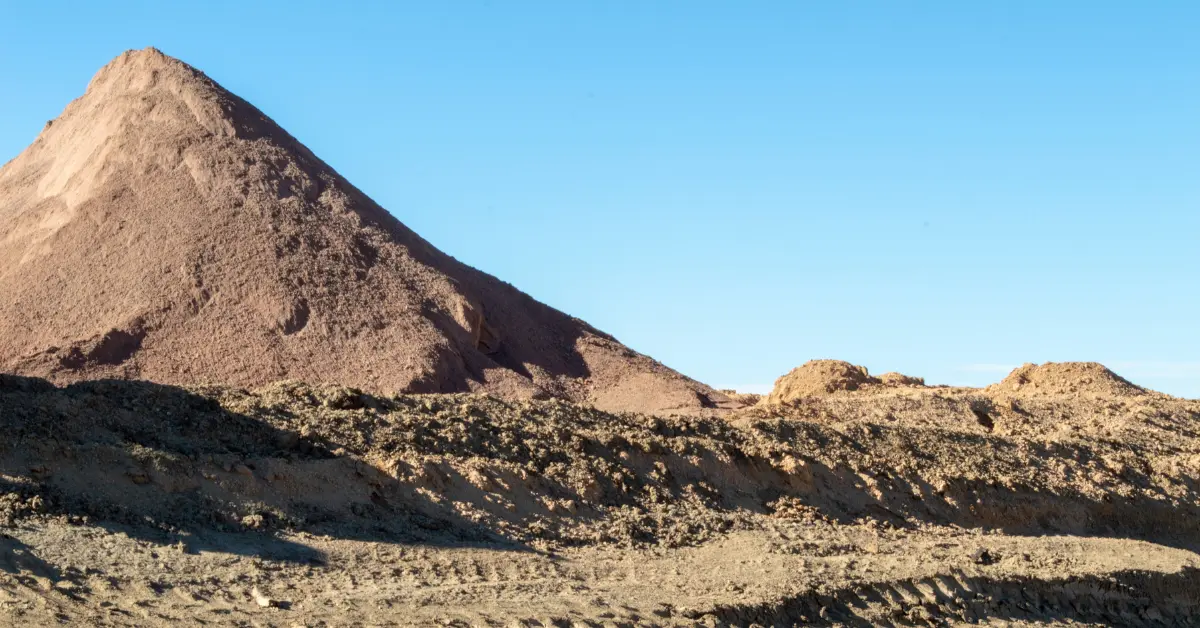
Soil plays a fundamental role in construction, serving as the foundation for buildings, roads, and other infrastructure projects. The soil quality for construction directly influences the stability, durability, and longevity of structures. Using the wrong type of soil can lead to structural weaknesses, increased maintenance costs, and even safety hazards. Proper soil sourcing for construction projects ensures that builders select materials that meet engineering and environmental requirements. The process of construction soil sourcing comes with several challenges, from identifying the right material to managing transportation logistics. Managing these factors effectively requires a strong understanding of soil procurement methods, supplier relationships, and cost management strategies. Addressing these challenges early in the planning phase helps prevent unforeseen issues and ensures smooth project execution.

Soil Types and Properties
There are various types of soil used in construction projects, their physical and chemical properties, and how these characteristics influence their suitability for different construction applications. In construction, selecting the right type of soil is fundamental to ensuring the stability, durability, and longevity of any structure. The main soil types encountered in construction are clay, sand, silt, gravel, and loam, each with distinct physical and chemical properties that directly influence their suitability for specific applications. The suitability of a soil type for construction depends on a careful assessment of its physical and chemical properties in relation to the project’s requirements. Engineers and contractors routinely conduct soil tests to determine whether a soil can safely support the intended load and withstand environmental conditions. In many cases, soils may need to be modified, blended, or stabilized to achieve the desired performance. By understanding and leveraging the unique properties of each soil type, construction teams can make informed decisions that ensure structural integrity, minimize risks, and optimize project outcomes.
Key Soil Types and Their Construction Applications
Each soil type has unique characteristics that determine its suitability for specific construction applications. Some soils provide excellent load-bearing capacity, while others may require treatment or reinforcement to prevent structural issues. Without careful evaluation, using the wrong soil type can lead to complications such as shifting foundations, drainage failures, or excessive settling.
- Clay Soil: Clay-rich soils are well known for their fine particles and high cohesiveness, which make them beneficial for some foundation applications. When dry, clay soil is compact and strong, providing a solid base for certain structures. However, its ability to retain moisture can become a disadvantage, as excessive water absorption causes expansion, while drying leads to shrinkage. These fluctuations can create instability, making clay soil unsuitable for areas with high moisture exposure unless proper drainage measures are implemented. Despite these challenges, clay is often used in dam construction and road subgrades when stabilized with additives such as lime or cement to improve its strength and reduce shrink-swell issues.
- Sandy Soil: Sandy soil consists of large, loose particles that allow for rapid water drainage, making it ideal for applications where moisture control is necessary. However, its low cohesion can create challenges, as it may shift under heavy loads or require stabilization to improve its strength. To enhance sandy soil’s structural performance, construction teams often mix it with clay or use geotextiles for reinforcement. While it is not naturally suitable for high-load foundations, sandy soil is commonly used in road construction and backfilling applications due to its permeability and resistance to waterlogging. Ensuring that proper compaction techniques are applied helps maximize its effectiveness in supporting various structures.
- Silty Soil: This soil is composed of fine particles that hold moisture well, making it more compactable than sandy soil but more prone to erosion. Its smooth texture and moderate water retention make it ideal for landscaping and surface-level construction applications, but excessive water accumulation can weaken its load-bearing capacity. Soil sourcing best practices emphasize the need for proper drainage solutions when working with silt, as it tends to compact easily, leading to poor aeration. Because of its instability under heavy loads, silty soil is not commonly used for deep foundations but can be beneficial in areas where moderate compaction is needed for landscaping, roadway shoulders, or certain subgrade applications.
- Gravel Soil: Gravel soil, composed of coarse particles, offers exceptional stability and drainage, making it one of the most reliable choices in construction material sourcing. Due to its high permeability, it prevents water accumulation, reducing the risk of soil expansion or erosion. This type of soil is frequently used in roadbeds, drainage systems, and foundation bases, as it provides a strong, compactable layer that distributes weight efficiently. Unlike finer soils, gravel does not shift easily under pressure, making it ideal for supporting heavy structures and minimizing settlement risks. When combined with finer particles such as sand, gravel, soil can enhance the stability of subgrades and prevent excessive movement in structural foundations.
- Loamy Soil: Loamy soil is a well-balanced combination of sand, silt, and clay, offering moderate water retention and good compaction properties. This type of soil is commonly used in landscaping and erosion control due to its ability to support vegetation while maintaining moderate drainage capabilities. While loamy soil is not typically chosen for primary structural foundations, it can serve as a useful component in backfilling or top-layer applications. Topsoil is often composed of loamy material, providing an organic-rich surface that stabilizes surrounding environments. Proper soil testing and reinforcement methods help determine whether loamy soil can be incorporated into construction projects without compromising structural integrity.
Understanding the diverse properties of construction soil types allows engineers to make informed decisions when selecting materials. Matching the right soil to the specific needs of a project prevents structural problems, enhances durability, and ensures long-term stability. Ignoring these factors can lead to complications such as settling, drainage failure, or material displacement, increasing overall costs and delays.
Soil Stability and Load-Bearing Capacity
A key factor in sourcing soil for construction sites is evaluating its ability to support weight without excessive compression or movement. Soil stability directly affects structural integrity, as weak or shifting ground can lead to foundation failures, cracks, or uneven settling. The best soil for construction should exhibit high compaction strength and minimal susceptibility to environmental changes such as moisture fluctuations or temperature shifts. Testing for shear strength and compaction potential helps engineers determine whether soil modifications or reinforcement techniques are necessary. When soil lacks the required density, additional materials such as gravel or cement stabilization may be used to improve its performance.
Importance of Drainage Properties in Soil Selection
Drainage plays a crucial role in construction projects, as excess moisture can weaken foundations, cause erosion, or lead to structural instability. Contractors must assess the permeability of soil before deciding on excavation, compaction, or drainage systems. Poor drainage conditions may require additional engineering solutions, such as grading, subsurface drainage layers, or the inclusion of geotextiles to prevent excessive water retention.
Differences Between Topsoil and Subsoil in Construction
Both topsoil for construction and subsoil play distinct roles in project planning, and understanding their properties helps ensure the right material is used for the job. Topsoil, which contains organic matter and nutrients, is typically used for landscaping or erosion control rather than foundational work. Meanwhile, subsoil, found beneath the topsoil layer, contains compacted materials with higher load-bearing potential. While topsoil is unsuitable for supporting heavy structures due to its loose composition, subsoil can provide the necessary density and stability for foundations, roadbeds, and embankments. Contractors must carefully evaluate both layers, ensuring that their soil management during construction strikes the right balance among stability, compaction, and water retention.
Working with Suppliers
Working with reliable soil and fill dirt suppliers is fundamental to the success of any construction project. The process begins with a rigorous approach to identifying potential suppliers, followed by a careful vetting process, effective negotiation, and ongoing accountability measures to ensure consistent quality and service. To start, identification of reputable suppliers should go beyond a simple internet search or choosing the lowest quote. Begin by seeking out companies with a proven track record in the construction or landscaping industry. Look for established businesses that demonstrate stability, experience, and a history of fulfilling similar project requirements. Reputable suppliers typically hold valid business licenses, industry certifications, and may be members of professional associations—these credentials are strong indicators of their commitment to industry standards and best practices. In addition, research customer reviews and testimonials, and request referrals from other contractors or industry peers. Positive feedback and word-of-mouth recommendations can provide valuable insight into a supplier’s reliability, communication, and the quality of their soil products.
Once you have a shortlist, the vetting process should become more comprehensive. Request detailed information about the origin, composition, and handling of the soil or fill dirt. Ask for laboratory test results or environmental certifications that confirm the absence of contaminants such as heavy metals, chemicals, or organic debris. Reputable suppliers are transparent about their sourcing practices and can provide documentation to demonstrate compliance with relevant regulations. If possible, visit the supplier’s stockpiles or facilities to inspect the material firsthand. This allows you to assess storage conditions, cleanliness, and operational standards, which can all impact the consistency and suitability of the supplied soil. During your visit, observe how the supplier manages inventory, handles different soil types, and ensures that materials are protected from contamination or degradation.
Establishing clear communication from the outset is essential. Engage in detailed discussions about your project’s specific requirements, including the type and volume of soil needed, delivery timelines, and any unique challenges on your site. Reliable suppliers will listen carefully, provide guidance on material selection, and demonstrate flexibility in accommodating your schedule. They should be willing to answer questions, offer technical support, and provide clear, written documentation covering all aspects of the transaction.
Negotiating prices is another key part of working with suppliers. Begin by gathering multiple quotes to benchmark market rates, ensuring you have a clear understanding of the going price for comparable materials and services. Don’t focus exclusively on the lowest price; consider the value offered in terms of soil quality, delivery reliability, and after-sales support. During negotiations, discuss not only the unit price but also potential bulk discounts, bundled services (such as delivery and offloading), and payment terms. Be transparent about your project’s scope and timeline, as this can sometimes unlock better rates or more favorable terms. Clearly define delivery schedules and expectations in writing, and ensure that all agreements are documented in a detailed contract. This contract should outline deliverables, quality standards, timelines, payment schedules, and dispute resolution procedures. Including clauses that specify remedies for substandard materials, missed deliveries, or breaches of contract is a best practice that protects your interests.
Ensuring accountability throughout the project is critical. Maintain open lines of communication with your supplier and perform regular inspections of delivered soil to verify compliance with agreed-upon specifications. If issues arise, such as delays or material discrepancies, reputable suppliers will respond promptly and work towards a resolution. Keep records of all communications, deliveries, and quality checks to support accountability and facilitate problem-solving if challenges occur. For larger or ongoing projects, consider periodic site visits or third-party testing to ensure that soil quality remains consistent over time.
Building strong, transparent relationships with your suppliers can also yield long-term benefits. Suppliers who value your business are more likely to prioritize your orders, provide timely updates, and offer proactive solutions if problems arise. Over time, this relationship can lead to better pricing, priority scheduling, and access to premium materials. Additionally, working with local or regional suppliers often enhances accountability, as these businesses have a vested interest in maintaining their reputation within the community. Local suppliers may also be more responsive to your needs, offer site assessments, and provide technical guidance tailored to your region’s soil conditions.
Identifying, vetting, and working with reputable soil and fill dirt suppliers involves a structured approach: research and referrals to build a shortlist; comprehensive vetting through documentation and site visits; transparent negotiation focused on value and clear contractual terms; and ongoing accountability through communication and regular quality checks. Construction teams can minimize risk, ensure material quality, and build productive, long-term partnerships that support project success.
As a recap, by following a systematic approach, you can build strong partnerships that support your project goals.
- Identify Potential Suppliers Through Research and Referrals: Start by researching local and regional suppliers with established reputations in the construction industry. Look for companies with a proven track record, valid business licenses, and relevant industry certifications. Seek referrals from trusted contractors or industry peers, and review customer testimonials online. Prioritize suppliers who demonstrate stability, experience, and a history of successfully fulfilling similar project requirements.
- Vet Suppliers with Documentation and Site Visits:
Once you have a shortlist, request detailed information about the soil’s origin, handling, and composition. Ask for laboratory test results or environmental certifications to confirm the absence of contaminants. Reputable suppliers are transparent about their sourcing practices and can provide documentation to demonstrate compliance with regulations. If possible, visit the supplier’s facilities to inspect storage conditions, cleanliness, and operational standards, ensuring consistency and quality. - Negotiate Prices and Define Contract Terms Clearly:
Gather multiple quotes to benchmark market rates and understand the value offered by each supplier. During negotiations, discuss not just unit prices, but also potential bulk discounts, delivery options, and payment terms. Clearly define delivery schedules and expectations in a written contract, specifying quality standards, timelines, payment schedules, and remedies for substandard materials or missed deliveries. Comprehensive contracts protect your interests and set clear expectations. - Maintain Accountability Through Ongoing Communication and Quality Checks:
Establish open lines of communication with your supplier throughout the project. Perform regular inspections of delivered soil to verify compliance with agreed-upon specifications. Keep records of all communications, deliveries, and quality checks. If issues arise, reputable suppliers will respond promptly and work toward a resolution. For ongoing projects, consider periodic site visits or third-party testing to ensure consistent soil quality and supplier accountability.
Building strong, transparent relationships with reputable suppliers not only minimizes risk but also lays the foundation for long-term collaboration. This approach ensures you receive quality materials, timely deliveries, and reliable support throughout your construction projects.

Soil Procurement Methods
Bulk Soil Sourcing Strategies
Procuring soil in large quantities is a key approach to meeting the demands of large-scale construction projects efficiently. Bulk soil sourcing allows contractors to secure high-quality materials at a lower cost while ensuring a consistent supply throughout the project. Contractors often partner with regional suppliers who can provide material that meets engineering specifications and site conditions. Transport logistics must also be carefully planned to prevent bottlenecks that can slow down progress. Ensuring that bulk materials are properly stored and protected from environmental factors such as erosion or contamination helps maintain their integrity. By streamlining bulk acquisition and delivery, construction teams can optimize material usage while keeping costs manageable.
Leveraging Local Suppliers for Cost Efficiency
One of the most effective ways to reduce expenses while sourcing soil for building projects is by working with local suppliers who provide materials that align with regional conditions. Soil sourced from nearby locations not only cuts down transportation costs but also ensures compatibility with the natural landscape, reducing the need for soil modifications. Establishing relationships with trusted local providers allows construction teams to negotiate better pricing while ensuring timely deliveries. Additionally, locally available soil is often more adaptable to weather patterns and environmental regulations in the area, minimizing potential compliance issues. Assessing the consistency of supply from local sources ensures that projects remain on schedule without sudden shortages or quality concerns.
Evaluating Soil Supply Chain Networks
A well-structured soil supply chain management system ensures that construction projects receive the right material at the right time without unexpected interruptions. Managing multiple suppliers, transportation logistics, and on-site storage requires careful coordination to keep workflows uninterrupted. Analyzing supply chain networks allows project managers to identify potential bottlenecks, such as delays in sourcing or transportation inefficiencies. Establishing contingency plans for alternative suppliers can help mitigate risks associated with material shortages or regulatory changes. Digital tracking systems and inventory management tools are increasingly used to monitor soil deliveries and usage in real time. Efficient supply chain oversight enables construction teams to reduce downtime, maintain consistent material quality, and ensure the timely completion of each phase of the project.
Sustainable Soil Sourcing Practices
Selecting soil from responsibly managed sites minimizes environmental impact while supporting long-term land preservation. Practices such as using reclaimed soil from excavation sites or incorporating recycled materials help reduce waste and lower sourcing costs. Adhering to local regulations regarding soil extraction prevents damage to natural ecosystems and ensures compliance with conservation guidelines. Sustainability efforts also extend to transportation methods, where reducing fuel consumption and optimizing delivery routes help lower carbon emissions.
Repurposing materials from excavation sites offers a practical solution for reducing procurement costs while promoting efficiency. Instead of disposing of soil removed during site preparation, construction teams can assess its suitability for reuse in various applications such as backfilling, grading, or foundation stabilization. This approach minimizes the need for additional sourcing while reducing waste disposal costs.
Soil Quality and Suitability Assessment
Assessing soil quality is a critical step in sourcing soil for construction projects. This process involves comprehensive testing for contaminants such as heavy metals, chemicals, or organic debris to ensure the soil is safe and suitable for use. Assessing moisture content is equally important, as soil that is too wet or too dry can compromise compaction and stability. Additionally, the soil must meet specific project requirements for stability and load-bearing capacity, which are determined through laboratory tests like Proctor compaction and shear strength analysis. These evaluations help confirm that the soil will provide a reliable and durable foundation for the intended construction application.
Site Preparation and Application Techniques
Proper site preparation and soil application techniques are fundamental to the long-term stability and durability of any construction project.
- Clear and Grade the Site Methodically: Begin by removing all vegetation, debris, and obstructions to create a clean work area. Carefully grade the site to achieve the desired contours and promote effective drainage, which helps prevent water accumulation that can undermine foundations. Mark all underground utilities before earthmoving to avoid costly or hazardous disruptions. A well-cleared and properly graded site forms the essential groundwork for subsequent soil placement and compaction.
- Distribute Soil in Controlled, Uniform Layers: Place fill soil in manageable “lifts,” typically 6–8 inches thick, to allow for even compaction and minimize the risk of future settling. Use appropriate equipment, such as bulldozers or graders, to spread each layer evenly, ensuring the site remains within specified grade and slope tolerances. This incremental approach supports consistent density throughout the fill and helps achieve the desired structural performance.
- Monitor and Adjust Soil Moisture Content: Optimal compaction depends on the soil’s moisture level. Soil should be slightly damp but not saturated during placement; overly wet or dry soil can impede compaction and stability. If the soil is too dry, lightly water it before compaction. If it is too wet, allow time for it to dry. Regularly check moisture content throughout the process to ensure each lift is prepared for maximum density and load-bearing capacity.
- Compact Each Layer Thoroughly Using the Right Equipment: Use mechanical compactors, rollers, or tampers to compact each lift before adding the next. Proper compaction removes air pockets, increases soil density, and enhances load-bearing strength, reducing the risk of future settlement or structural issues. For larger projects, conduct laboratory tests like the Proctor test to determine optimal compaction parameters and perform field density tests during construction to verify compliance with project specifications.
- Implement Erosion and Drainage Controls: Protect freshly placed soil from erosion by installing silt fencing, temporary vegetation, or other control measures. Ensure that site grading directs water away from foundations and vulnerable areas. Effective erosion and drainage controls prevent soil displacement and water damage during and after construction, preserving the integrity of the fill and supporting long-term project durability.
- Conduct Ongoing Monitoring and Post-Construction Inspections: Continuously monitor grade, density, and moisture during construction to identify and address irregularities early. After project completion, perform regular inspections to detect signs of settling, erosion, or drainage problems. Promptly address any issues by adding fill or re-compacting as needed to maintain stability and design elevation, ensuring the project remains structurally sound over time.
A disciplined approach to site preparation, soil distribution, compaction, and ongoing monitoring is key to achieving durable, high-quality results in any construction project.
Soil Supply Chain Management
Optimizing the Transportation of Construction Soil
Managing construction soil logistics effectively is essential for keeping projects on track and minimizing unnecessary delays. As said before, transportation plays a critical role in ensuring that soil arrives on-site in the required quantity and condition. Poor coordination can lead to bottlenecks, excess costs, or material shortages that disrupt progress. Contractors must evaluate transport options that align with project timelines and ensure compliance with weight regulations and environmental standards. The choice of transportation method—whether by truck, rail, or barge—depends on factors such as distance, terrain, and volume.
Relying on a single source can pose risks if availability becomes an issue, potentially leading to project delays. Contractors must assess supplier reliability, delivery speed, and soil consistency to ensure seamless coordination. By maintaining relationships with multiple providers, project managers can avoid setbacks while ensuring that cost-effective soil sourcing remains a priority. Strategic supplier coordination enables construction teams to respond quickly to changes without compromising project deadlines or budget constraints.
Managing Soil Inventory On-Site
Effective inventory control ensures that construction teams have access to the required soil volume without excess stockpiling or shortages. Poor management can lead to unnecessary expenses, either from urgent last-minute orders or wasted materials that degrade over time. Storage conditions must be carefully maintained to prevent contamination or erosion, which could impact usability. Construction teams often rely on digital tracking systems to monitor material levels and predict future needs based on project timelines. Proper organization also reduces handling costs, as unnecessary movement of soil can create inefficiencies. By integrating precise inventory tracking, project managers can minimize waste, maintain quality standards, and support efficient soil delivery that aligns with project schedules.
Regulatory and Environmental Considerations
Compliance with local regulations, environmental stewardship, and sustainable sourcing practices is key when procuring soil for construction projects. Regulatory compliance is a crucial aspect of construction soil delivery service, ensuring that sourced materials meet environmental and safety standards. Construction teams must navigate a complex web of regulations related to transportation, contamination limits, and land use policies. Failing to adhere to these requirements can lead to penalties, project shutdowns, or costly remediation efforts:
- Regional Transportation Laws: Soil transportation is subject to various regional laws that dictate haulage methods, weight restrictions, and approved routes. Some jurisdictions have strict guidelines to prevent excessive road wear, environmental contamination, or improper disposal. Construction firms must secure the necessary permits to transport soil legally and ensure compliance with municipal and state regulations.
- Contamination and Testing Requirements: Environmental regulations often require rigorous soil testing to confirm that materials are free from hazardous substances. Contaminated soil poses risks to ecosystems, groundwater, and public health, making compliance with contamination thresholds essential. Testing procedures assess levels of heavy metals, chemicals, and organic pollutants to determine whether the soil is suitable for construction.
- Documentation and Certifications: Construction projects must maintain thorough records that verify the legality and safety of sourced soil. Documentation includes testing reports, transportation permits, and supplier certifications that confirm adherence to regulatory standards. Keeping accurate records helps streamline inspections, audits, and contract negotiations. When working with multiple suppliers, ensuring that all soil deliveries include the necessary paperwork reduces the likelihood of legal disputes or regulatory setbacks.
- Compliant and Certified Suppliers: Partnering with reliable suppliers ensures that sourced soil meets legal and environmental standards. Construction firms should verify supplier credentials, including certifications that confirm compliance with soil quality and sourcing regulations. Conducting supplier audits helps identify potential risks, such as inconsistent testing practices or a lack of adherence to government guidelines.
- Adapting to Changing Regulations and Industry Standards: Soil regulations frequently evolve in response to environmental concerns, requiring construction teams to stay informed about new policies. Legislative updates may introduce stricter contamination limits, revised disposal methods, or additional permitting requirements. Firms that fail to adapt risk legal complications, supply chain disruptions, or increased operational costs. Investing in compliance training and legal consultation enables teams to anticipate regulatory changes and implement best practices.
Compliance in soil procurement requires a proactive approach, ensuring that all aspects of sourcing, testing, and transportation align with legal and environmental standards. Failure to meet regulatory requirements can result in financial penalties, project delays, or reputational damage.
Cost and Budgeting Factors
When sourcing soil for construction projects, understanding and managing costs is critical to staying within budget and ensuring project profitability. The total expense includes not only the price of the soil itself but also delivery fees, equipment rentals, labor for handling and placement, and potential testing or certification costs. Accurate budgeting begins with estimating the required volume of soil and researching current market rates from multiple suppliers. One effective strategy to reduce costs is sourcing soil locally, which can significantly reduce transportation expenses and lead times. Local suppliers often offer more competitive rates and greater flexibility in delivery, minimizing costly project delays. Additionally, negotiating bulk-purchase discounts and leveraging relationships with regional providers can further reduce material costs. By carefully evaluating all financial aspects and prioritizing cost-saving measures such as local sourcing, construction teams can optimize their budgets without compromising on quality or project timelines.

By prioritizing cost-effective soil sourcing, construction teams can maintain long-term sustainability, reduce operational expenses, and enhance project success. Ensuring that every aspect of soil procurement aligns with engineering, environmental, and logistical requirements allows for greater efficiency in large-scale development projects. Simplify your soil sourcing and delivery process with Soil Connect. With a structured approach to sourcing, delivery, and inventory management, construction firms can achieve both economic and structural stability, ensuring the longevity of their projects.

.svg)





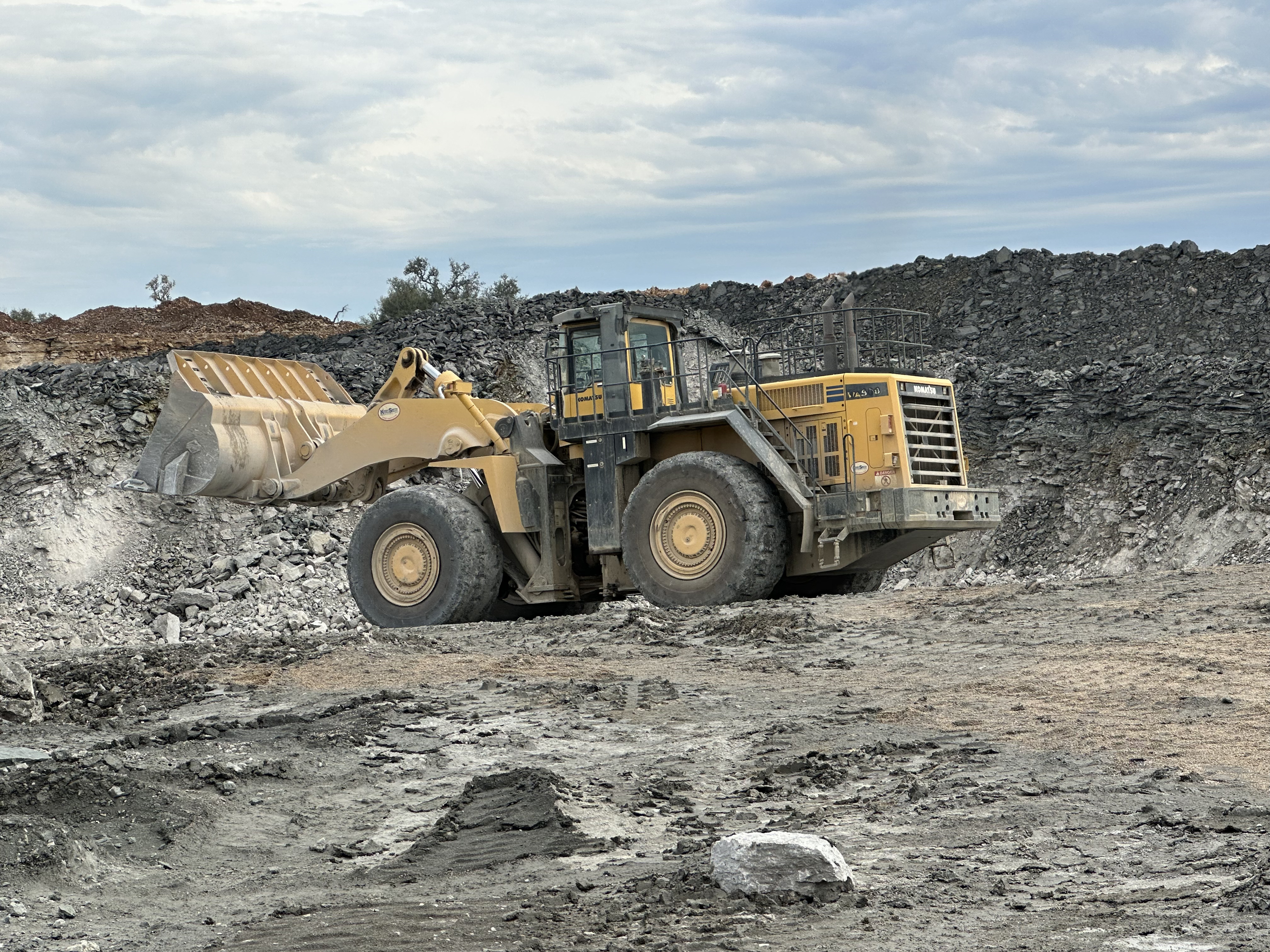




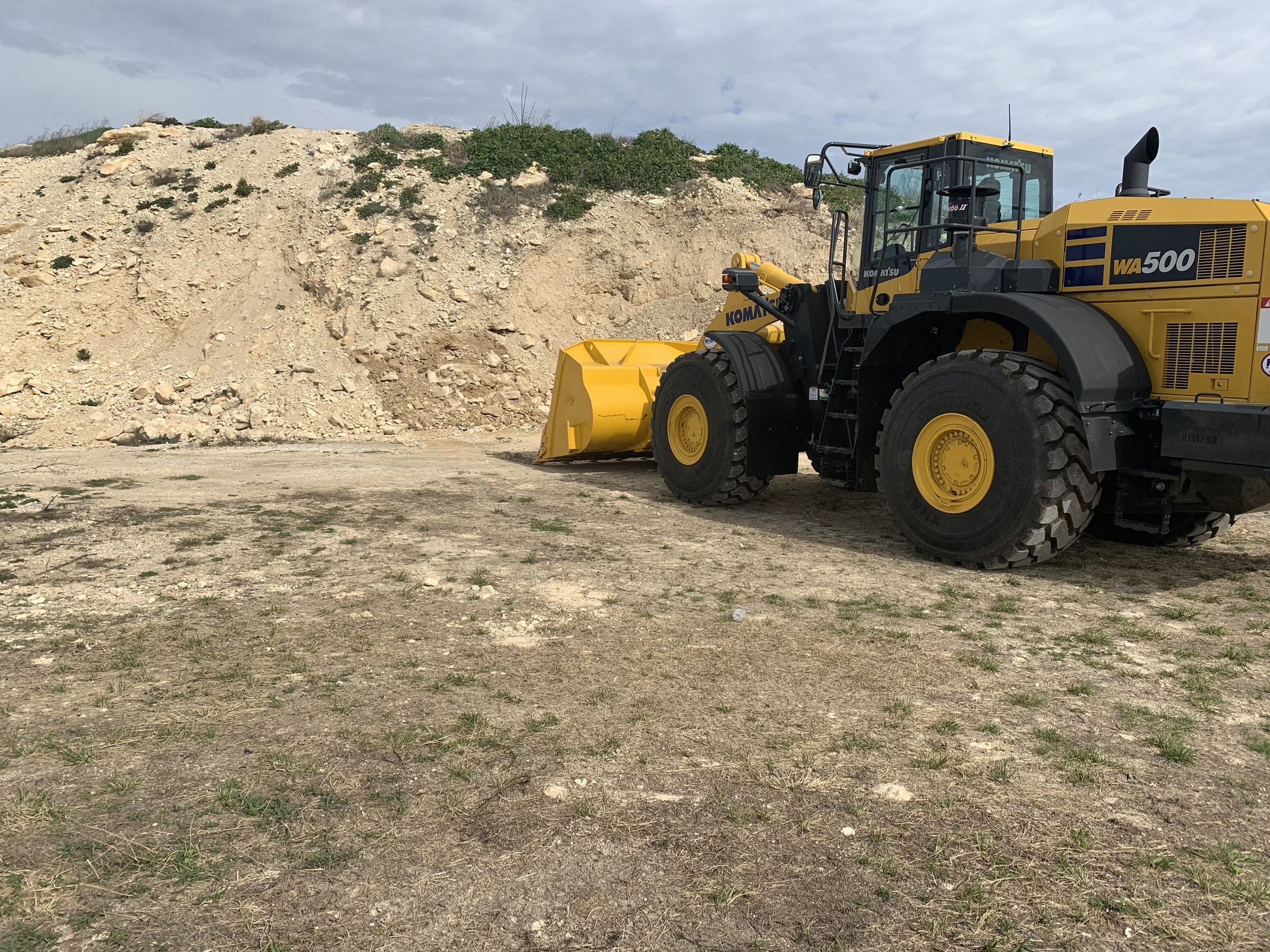
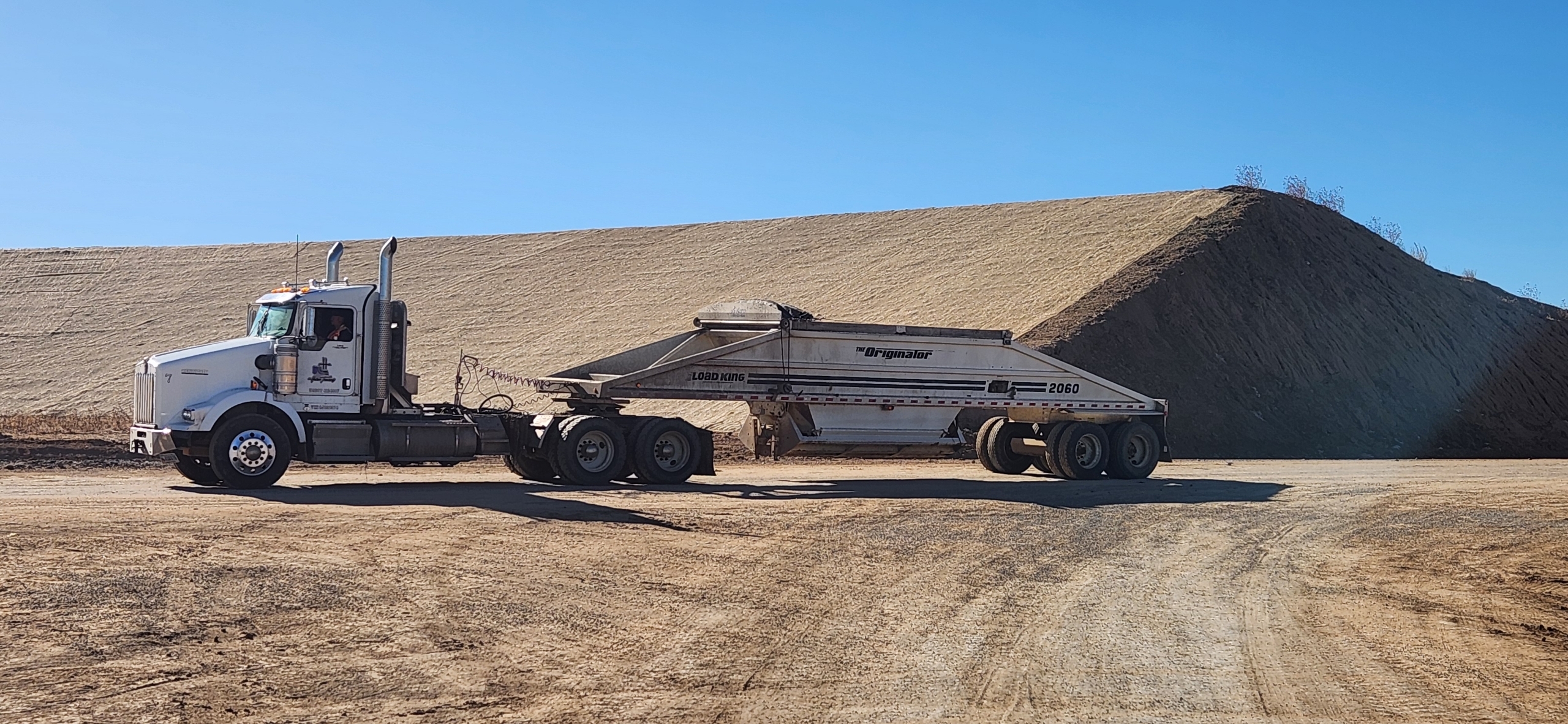
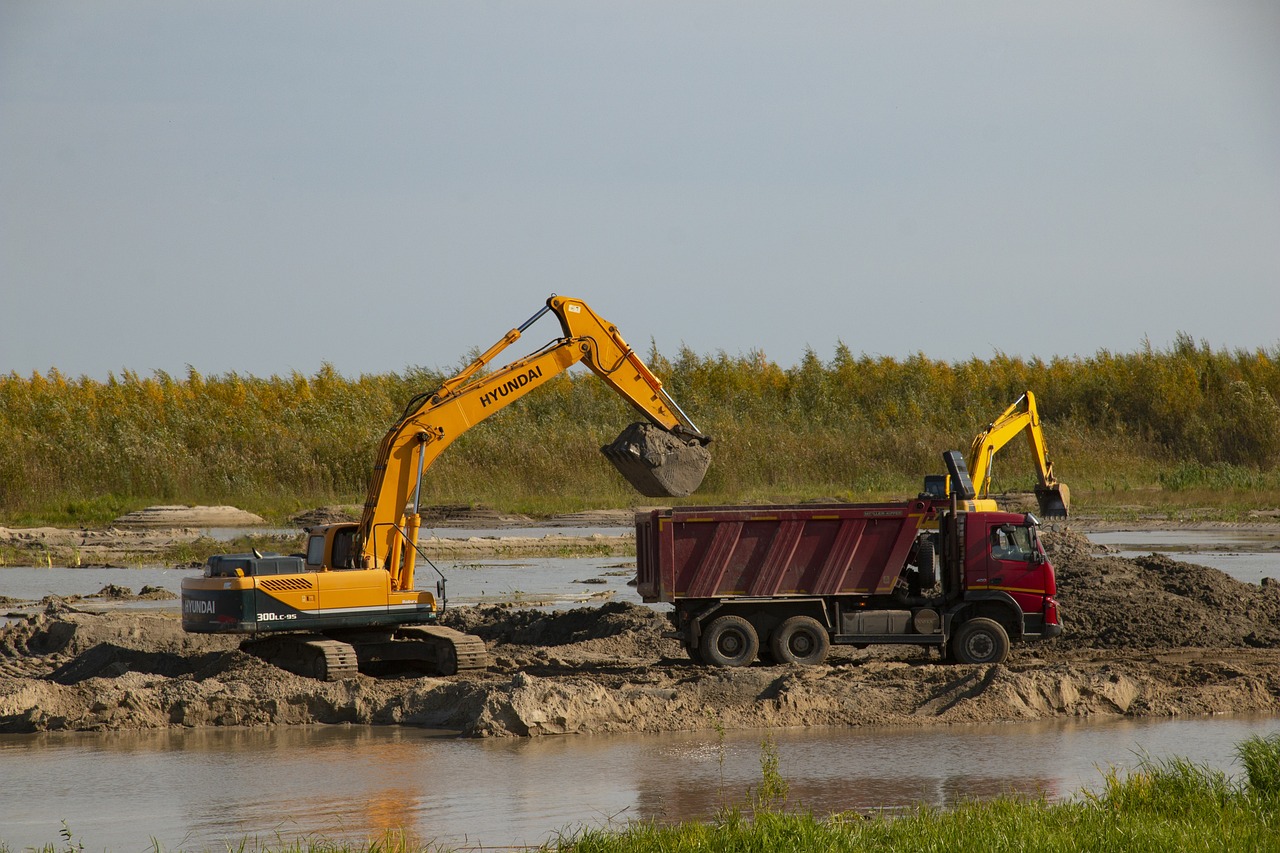

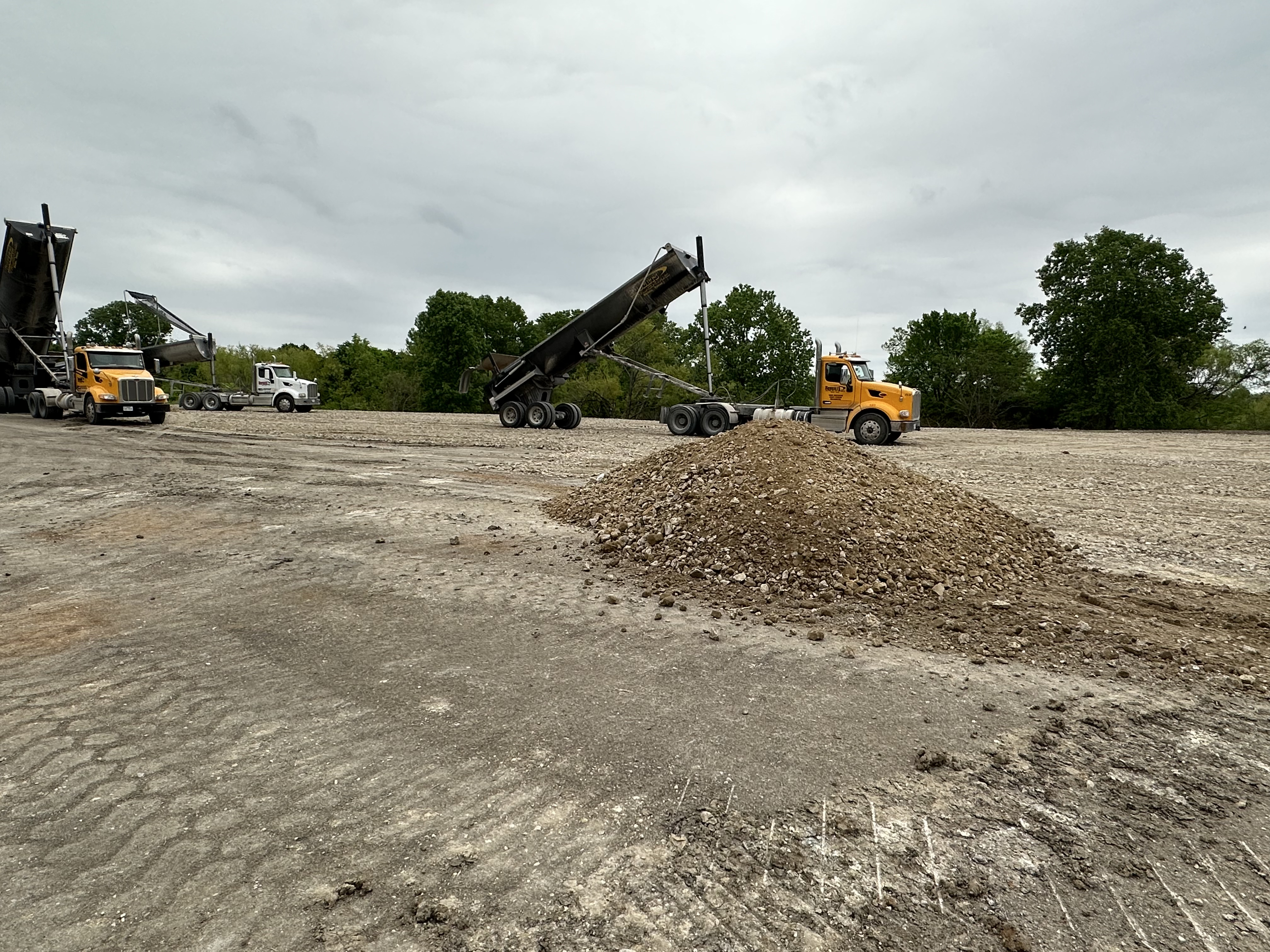

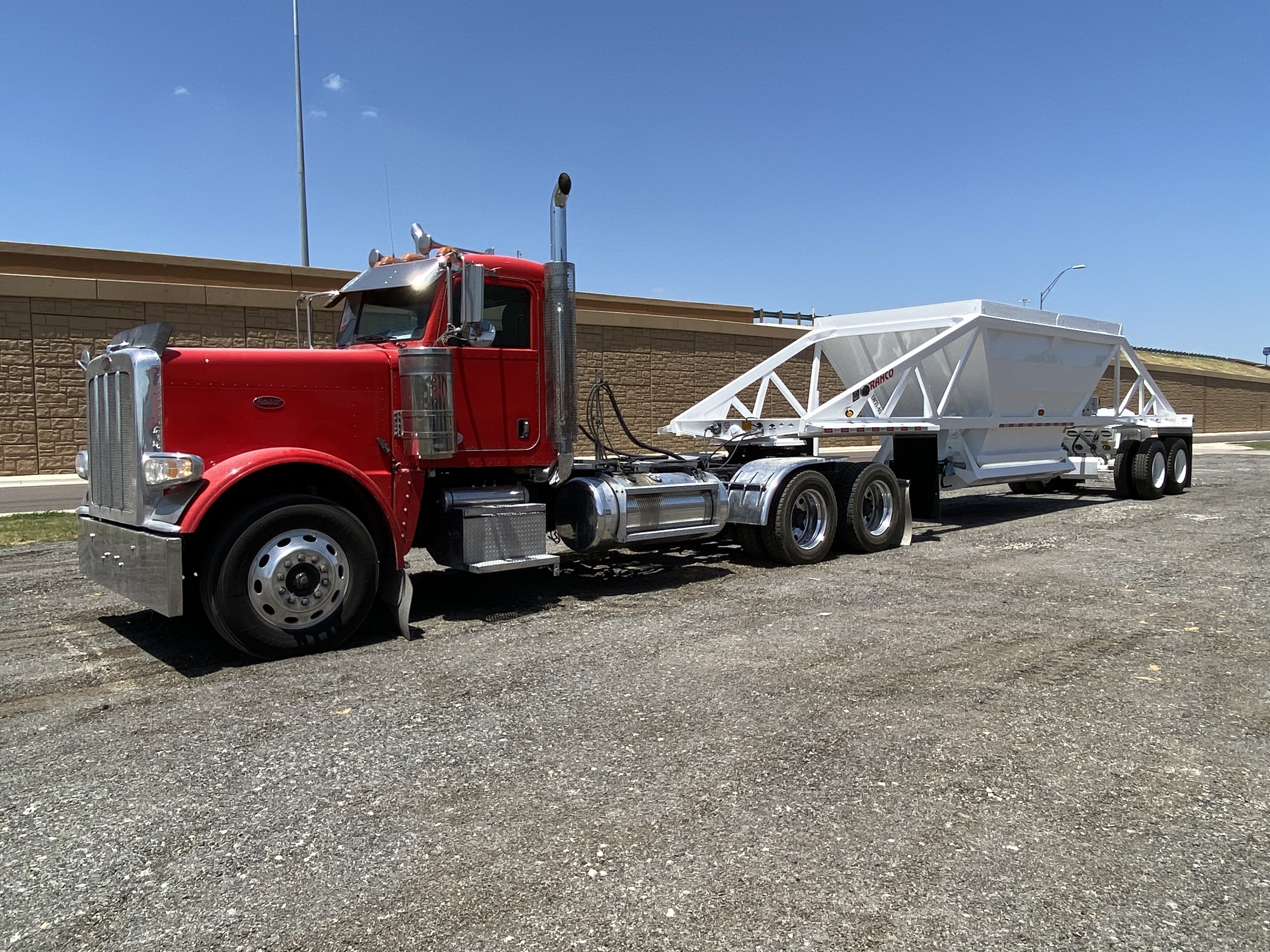
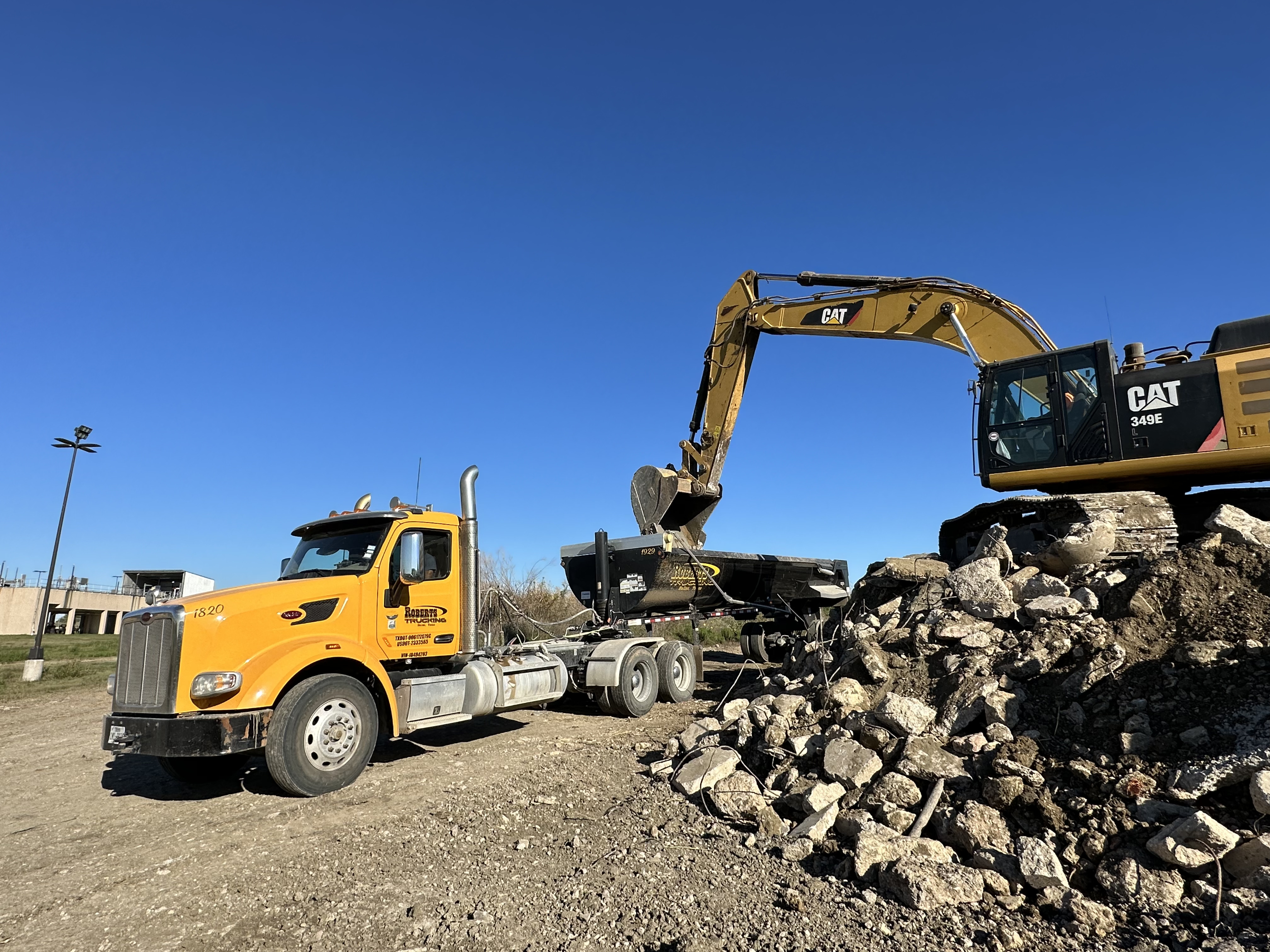
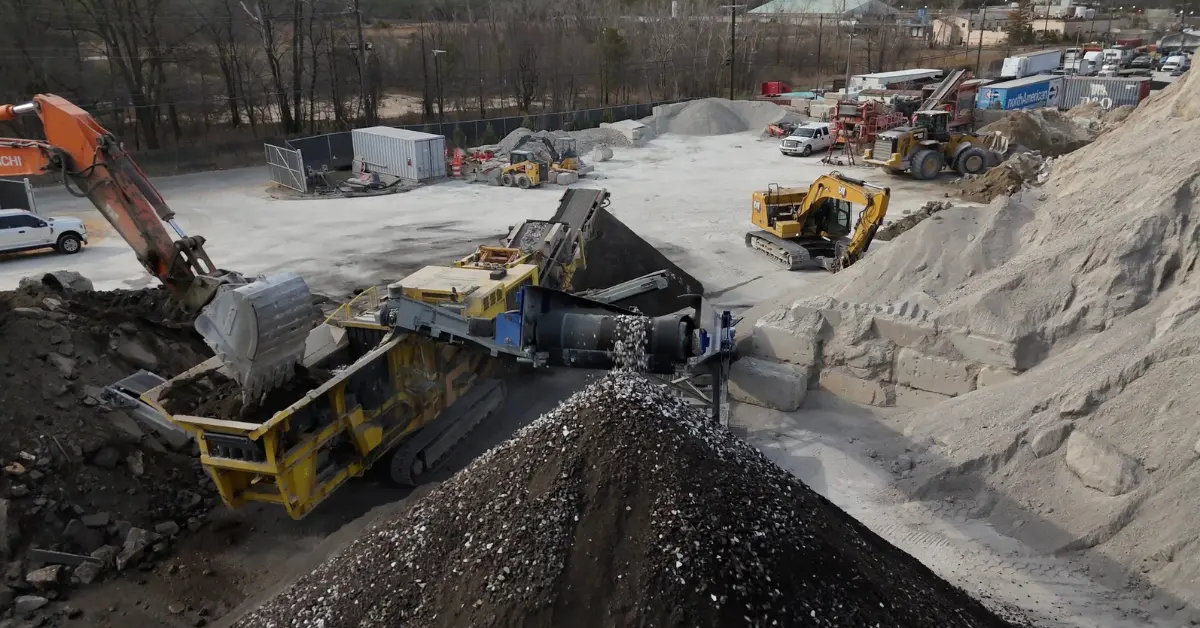
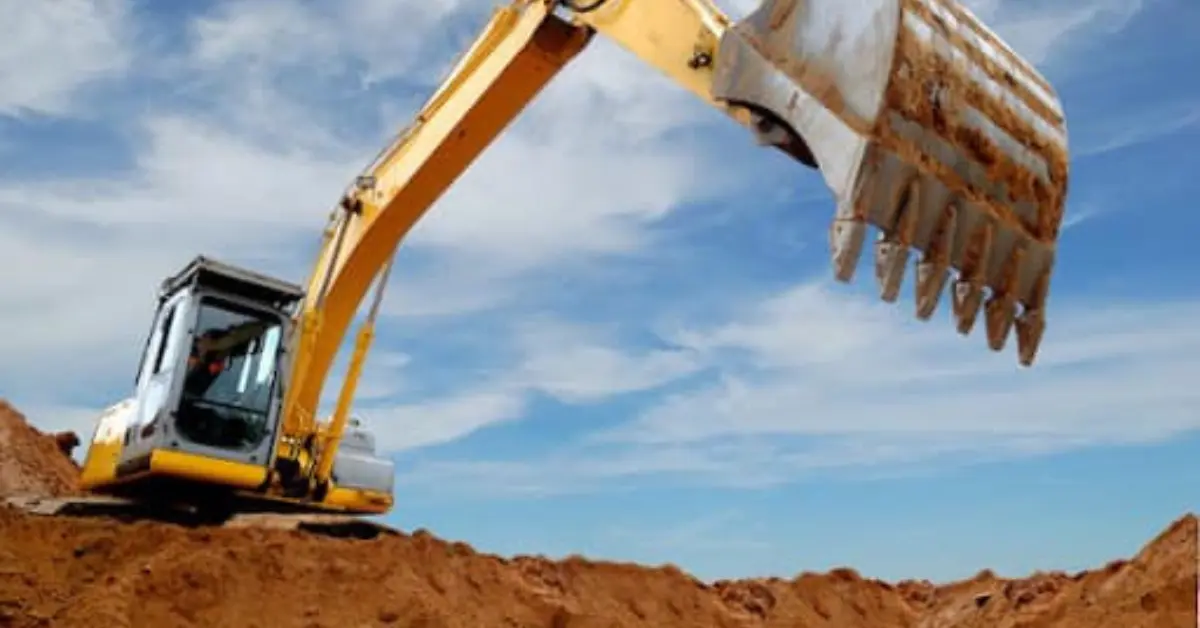
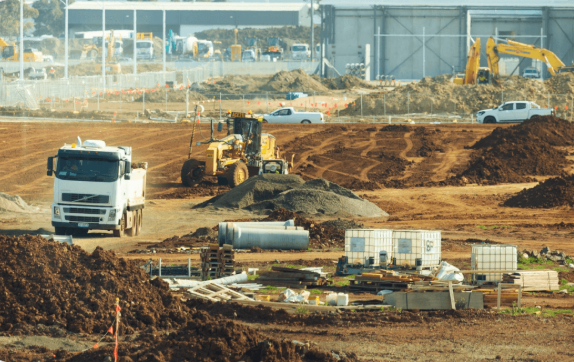
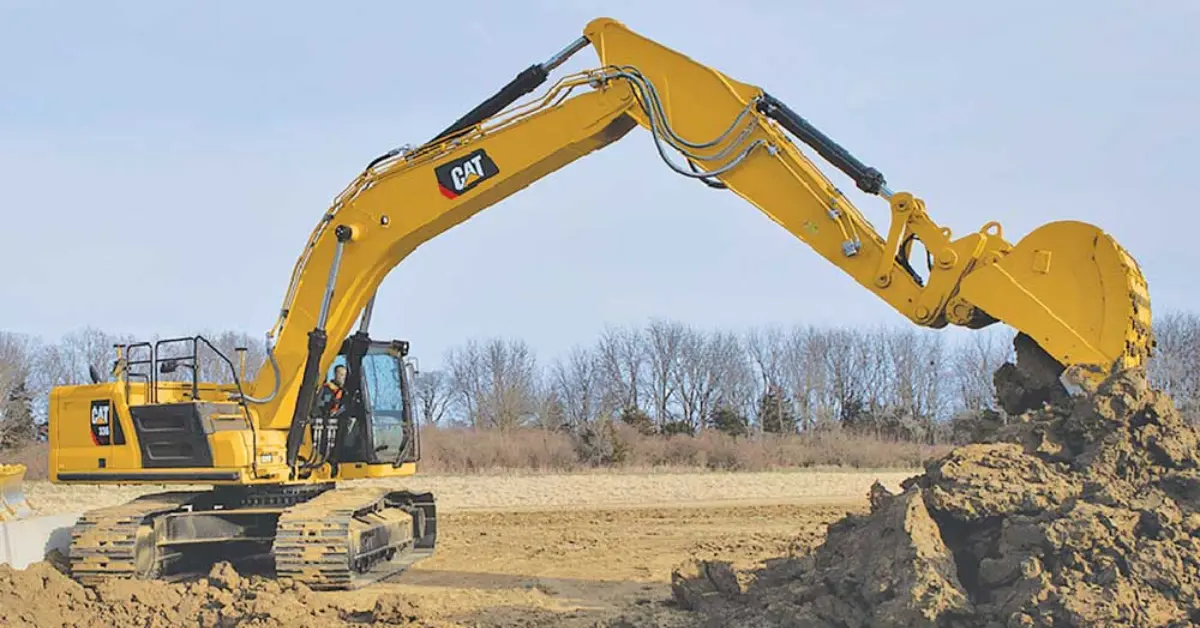
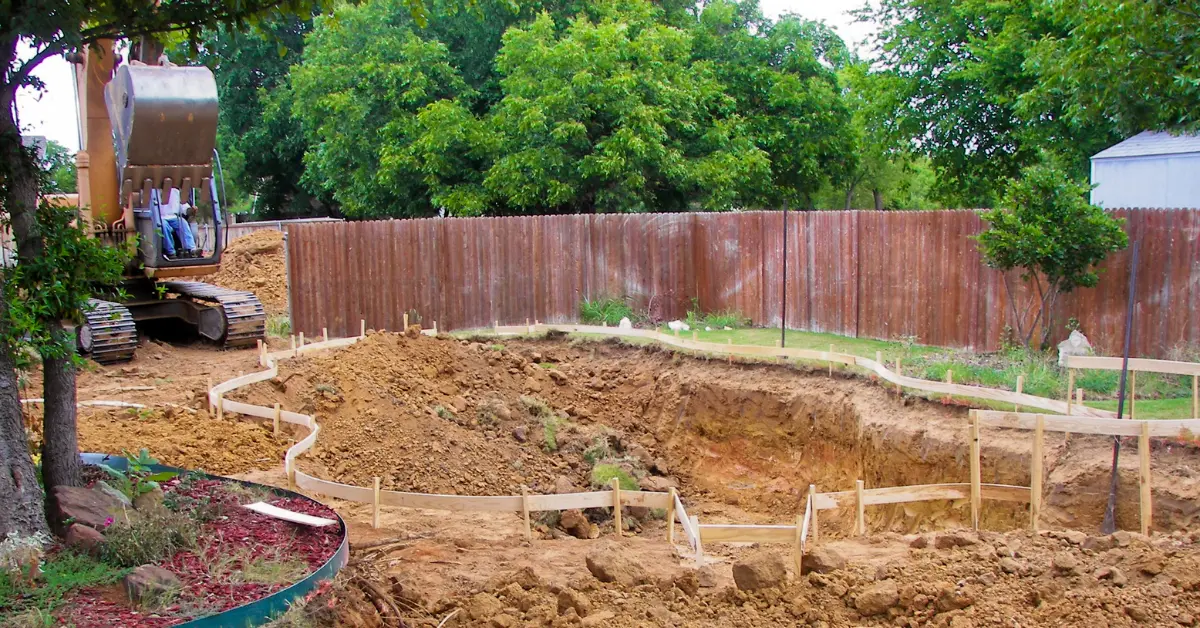
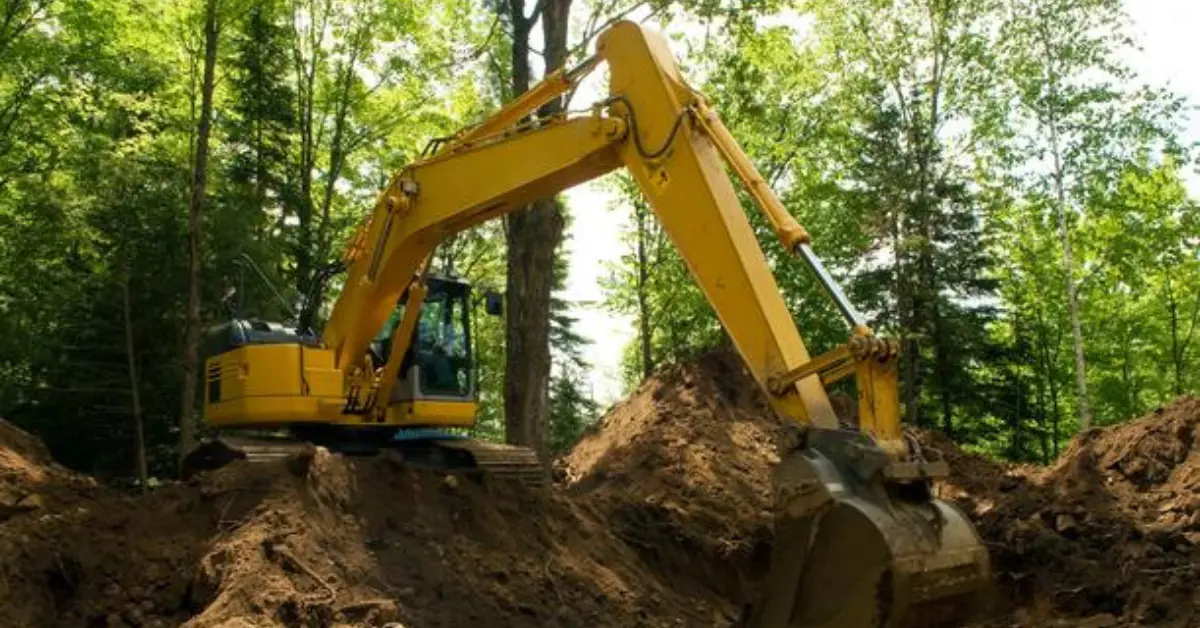
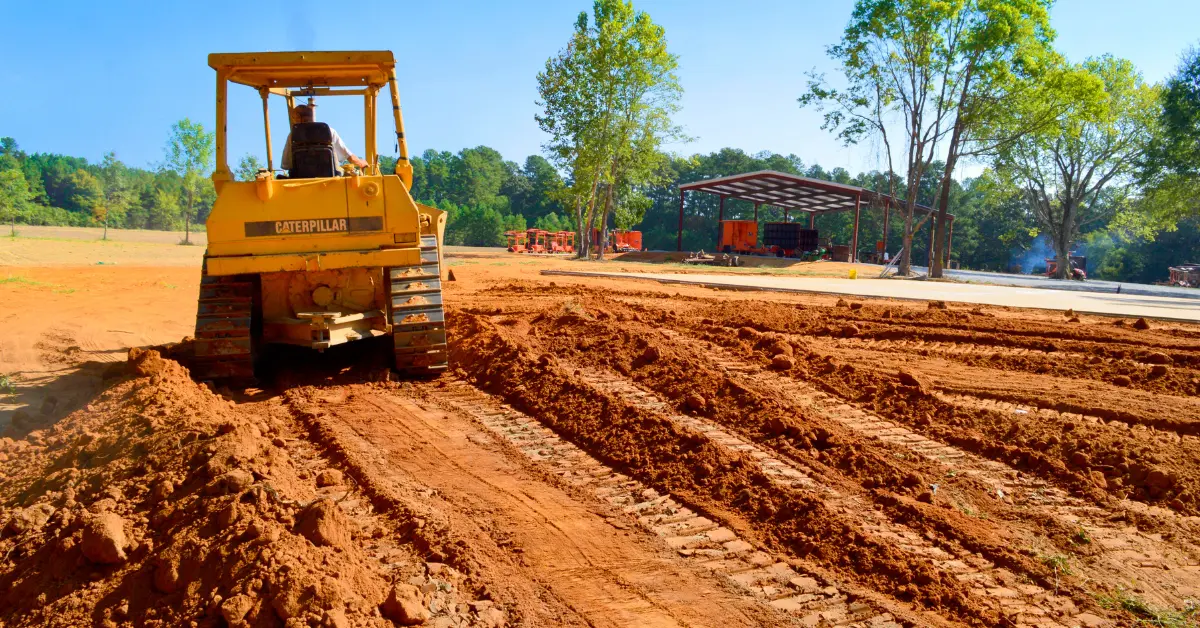
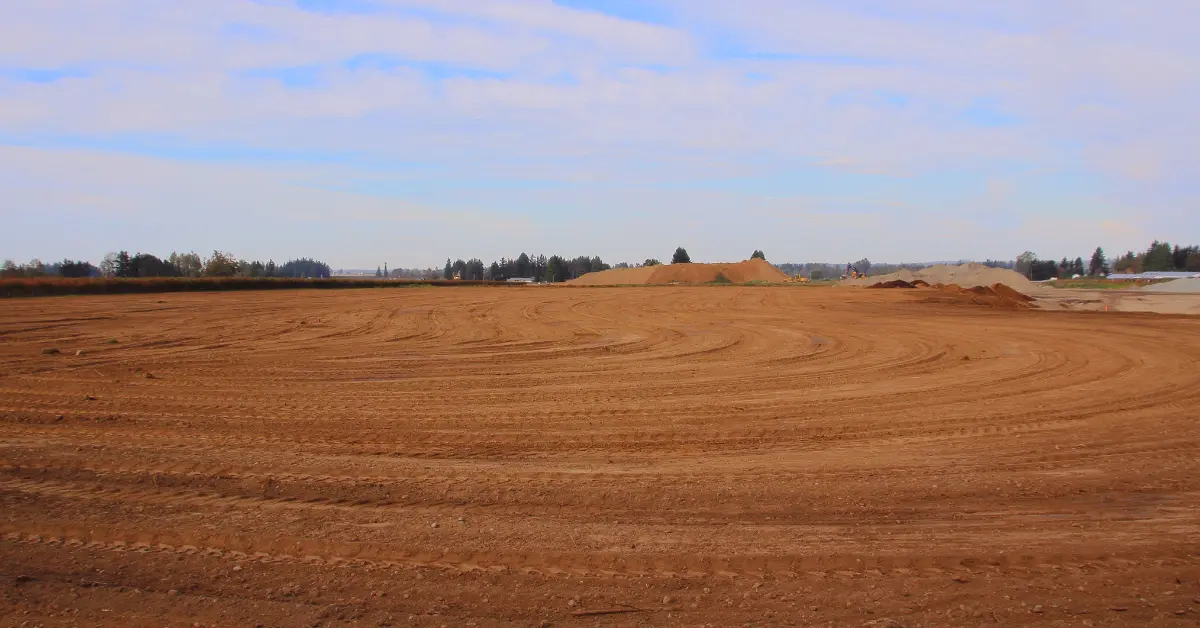



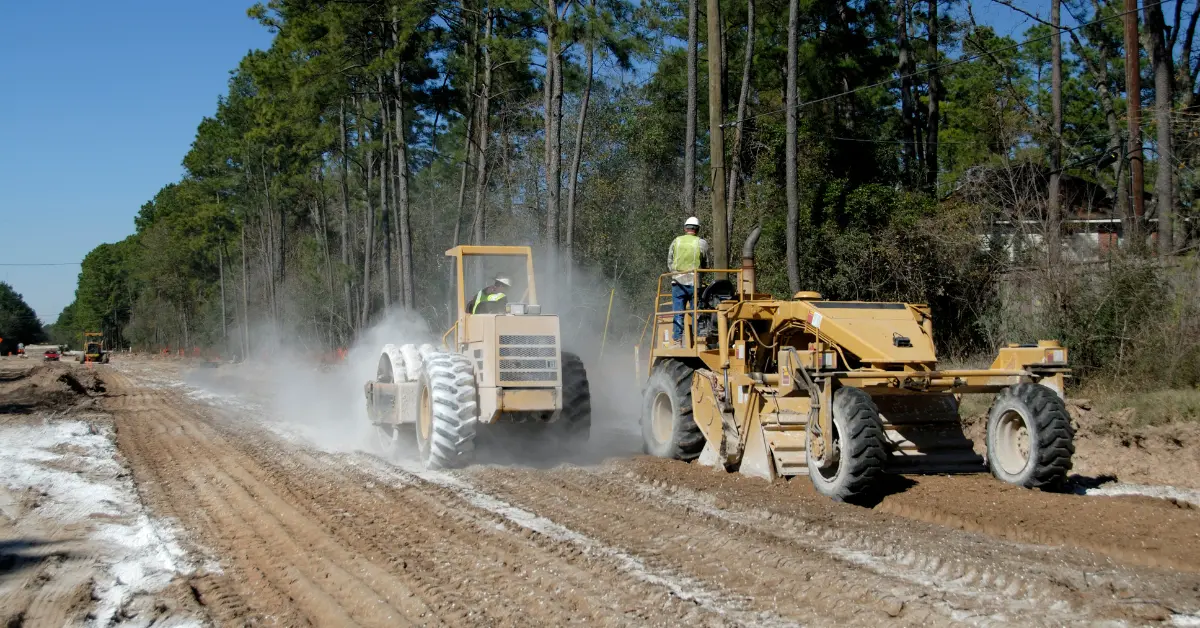




.jpg)

